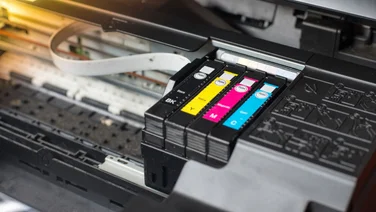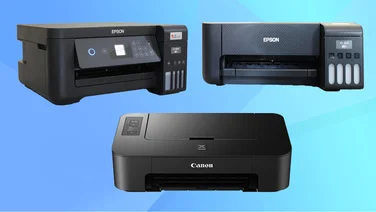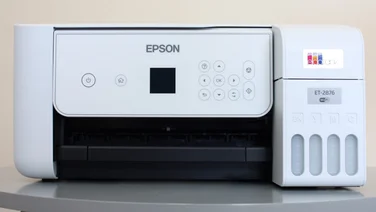To help us provide you with free impartial advice, we may earn a commission if you buy through links on our site. Learn more


The Stylus Photo PX660 is a mid-range device from Epson’s range of inkjet multi-function peripherals (MFPs), which, at the time of writing, contains a bewildering 25 models. It’s a photo-orientated device, with a six-ink printer and direct printing support through PictBridge USB, and a memory card reader that supports all common memory card formats.
There’s a notable omission from the specifications, though. While many of the PX660’s competitors at this price have either a wired Ethernet port, a wireless network interface or both, the PX660 has a plain old USB port. While you could still use Windows’ printer sharing to share it with your other computers, you’d need to leave the host PC on.

While the PX660 is new, it’s based on a print engine that’s been around for some years. Fortunately, that’s no bad thing; the engine uses Claria dye-based inks and has a minimum droplet size of just 1.5 picolitres, and has been at the heart of some of our favourite photo printers. Unfortunately, like other similar Epson printers we’ve tested, the PX660 isn’t a great printer for text documents. Characters are less sharp and dark than those produced by, for example, Canon’s rival PIXMA MG6150 (see Labs, issue 276), and draft text is off-black and faint.
Epson claims extraordinary speeds of up to 37 pages per minute (ppm) in mono and 38ppm in colour, but the PX660 was nothing like that quick in our tests. Draft printing reached a credible 15.8ppm, but at normal quality the rate was just 4.8ppm – far short of its fastest rivals. At 3.3ppm, mixed colour prints on plain paper were competitive, but photo prints were quite slow, with six postcard-sized prints taking almost 12.5 minutes.
We’ve come to expect fantastic photo quality from Epson’s inkjets, but the results from some of our initial tests were disappointing. While most subjects looked excellent, black and white prints – normally an Epson forte – looked dreadfully washed out. A bit of investigation revealed that as part of a minor update to its print interface, Epson appears to have changed its default colour mode to PhotoEnhance. Setting it to Color Control with the Vivid profile produced the brilliant results we were expecting.

Epson’s scanners are generally above average, and the one fitted to the PX660 is no exception. It’s swift, rather than fast, but the images it captured were sharp, and colours were superbly accurate. We were particularly impressed with its ability to preserve subtle details in the lightest and very darkest shades of source material. Photocopies were also very good, with reasonable colour accuracy and darker details preserved thanks to well-judged brightness.
There are many things to like about the PX660, including – if you stick to the high capacity ‘Owl’ series cartridges – some of the lowest inkjet running costs available. However, there’s no getting away from the initial purchase price, which is simply too high.
For roughly £25 more, the Canon PIXMA MG6150 is almost as good at photo printing, is better on plain paper, and includes a duplexer, two paper trays and wired and wireless network interfaces. Alternatively, the Canon MG5150, which competes more closely on features, is just £73.






